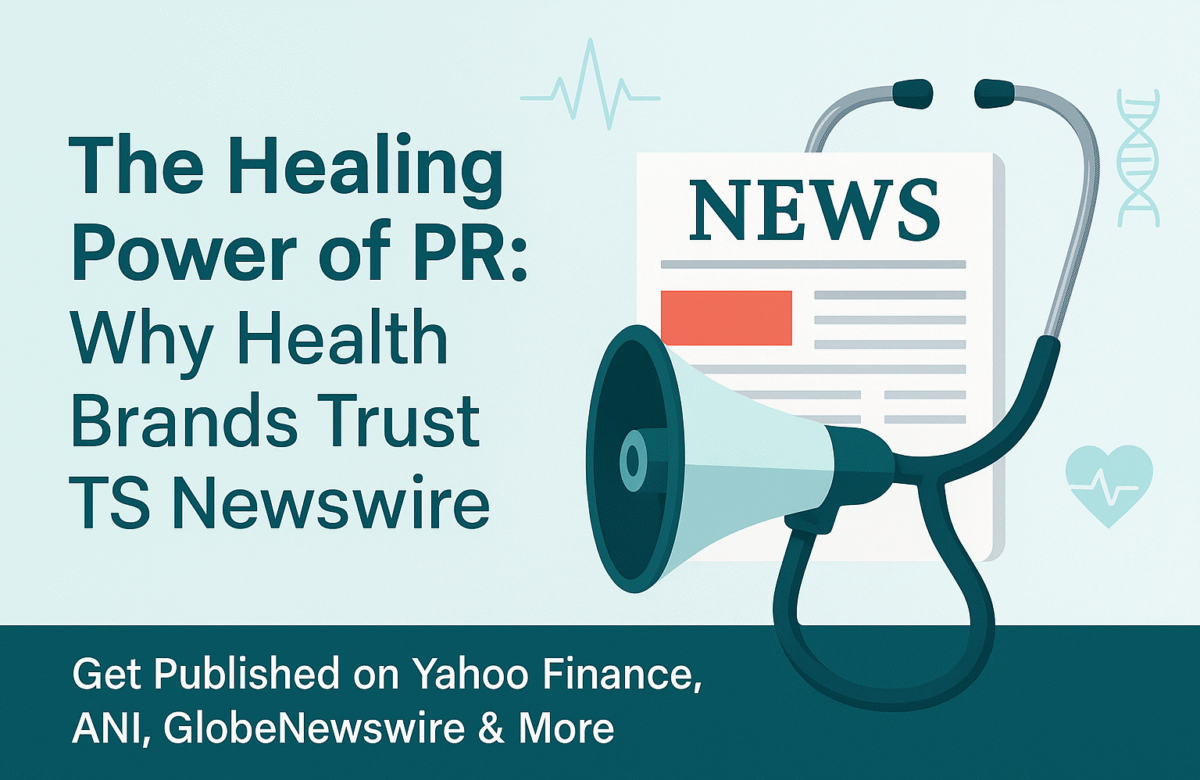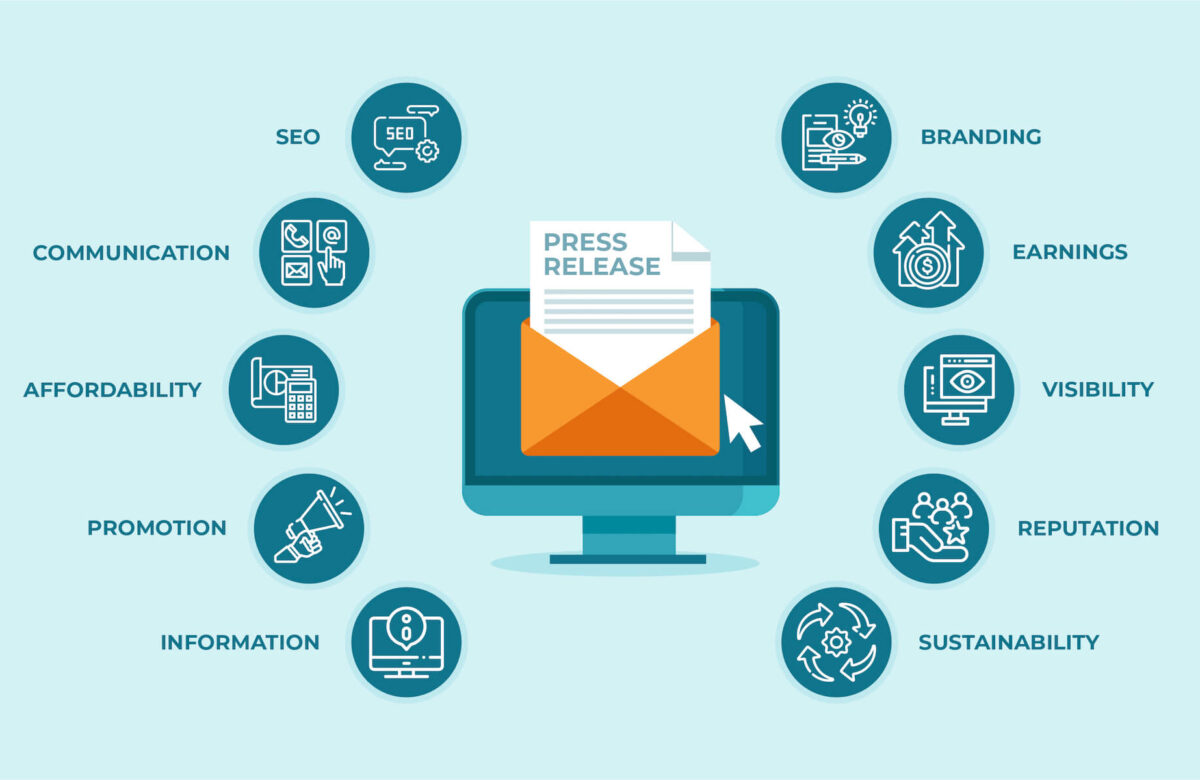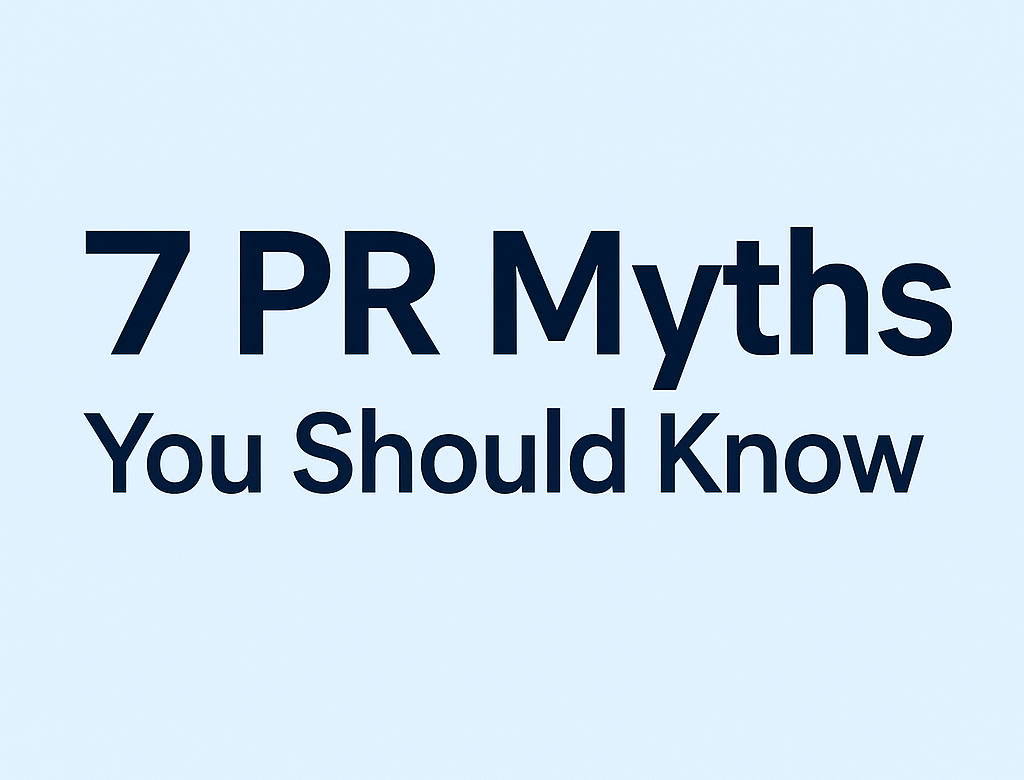In today’s financial landscape, trust is currency. A single headline can shift public opinion. A well-crafted earnings report can attract millions in new capital. This is the power of Financial PR — the often-overlooked engine driving investor confidence and long-term valuation.
In 2025, with rising economic uncertainty, stricter regulations, and global market noise, Financial PR has become a non-negotiable strategy for every company — from fintech startups to Fortune 500s.
Let’s explore why.
📣 What Is Financial PR — And Why Should You Care?
Financial PR is the strategic communication of financial information to the media, investors, analysts, and the public. But it’s more than just reporting numbers — it’s about building a narrative around your brand’s financial performance, vision, and value.
Done right, Financial PR transforms complex data into compelling stories — stories that move markets, shape headlines, and earn trust.
🧬 Health PR Distribution in 2025: Why Brands Trust TS Newswire
🎯 The Mission of Financial PR: More Than Just Numbers
In the world of high-stakes finance, perception often becomes a reality. That’s why Financial PR focuses on four core outcomes:
1. Build Investor Confidence
Investors don’t just buy stock — they buy stories they trust. 85% of global investors say corporate transparency directly influences their decisions (PwC, 2024).
2. Simplify Complex Financials
Numbers without context are noise. Financial PR breaks down balance sheets, earnings, and forecasts into language investors can understand — and act on.
3. Control the Narrative During Volatility
In a crisis, silence creates suspicion. A well-timed financial press release or CEO statement can prevent market panic and protect your valuation.
4. Shape Public Perception and Share Value
Positive media exposure, especially in finance-focused outlets, drives investor interest and improves stock sentiment. According to Harvard research, media tone directly affects stock movements in the short term.
🏢 Who Needs Financial PR in 2025?
This isn’t just for billion-dollar corporations. Today, Financial PR is critical for a wide range of organizations:
- Publicly Listed Companies
- To meet regulatory disclosure obligations and maintain market confidence.
- Fintech Startups and Pre-IPO Firms
- To raise capital, tell their growth story, and gain trust from VC and PE firms.
- Banks, NBFCs, and Insurance Providers
- To communicate compliance updates, earnings, and strategic shifts to customers and regulators.
- Crypto & Web3 Projects
- To build credibility and mitigate scepticism through factual storytelling.
- Investment Managers and AMCs
- To highlight fund performance, announce launches, or publish investor updates.
🧠 What Makes a Financial PR Strategy Effective?
Every company has financial data — but not every company knows how to communicate it.
Here’s what goes into a winning Financial PR plan:
📊 Earnings Announcements
Turn quarterly updates into impactful press releases shared on finance platforms like MarketWatch and Yahoo Finance.
🔄 M&A and IPO Communications
Announce strategic moves with clarity, speed, and control. Investors want certainty — your PR ensures they get it.
📢 Investor Relations Briefings
Use media briefings, interviews, and whitepapers to reach analysts and institutional investors.
🌐 Targeted Media Syndication
Publish across trusted financial platforms that matter:
- Benzinga
- Morningstar
- GuruFocus
- Yahoo Finance
- Bloomberg India
- Investor Observer
- MarketWatch
- Moneycontrol
- Reuters Business
- ET Markets
- Business Standard
- CNBC-TV18
- Seeking Alpha
- PR Distribution 500+
This multi-channel approach ensures your message reaches decision-makers at every level.
📈 The Measurable Benefits of Financial PR
OutcomeWhy It Matters
📢 Better Media Coverage Increases brand mentions in finance and investment circles
🛡️ Reputation Protection Safeguards against rumours and misinformation
📊 Market Sentiment Management Shapes how investors view your financial performance
🔍 Higher Analyst Coverage Makes your company visible to key institutional investors
🧠 Brand Perception Boost Enhances credibility in both digital and traditional channels
🌐 SEO and Online Authority Increases rankings and visibility in search results
🔹 A Nasdaq study revealed that companies with consistent PR and IR strategies saw a 22% rise in retail investor engagement and up to 18% more analyst coverage in 2024.
🧰 How TS Newswire Powers Financial PR for Modern Brands
At TS Newswire, we specialize in distributing financial press releases that investors, analysts, and journalists get to read.
Here’s how we make it happen:
- 🔍 Access to 500+ Financial News Sites
- Including Morningstar, Benzinga, Bloomberg India, MarketWatch, ET Markets, and Yahoo Finance.
- 🎯 Tailored PR Packages
- Whether you’re a Series A startup or a publicly traded firm, we craft distribution strategies that match your goals and budget.
- 🌍 Dual Visibility (India + Global)
- Expand your reach to both Indian stockwatchers and global financial communities.
- 📢 High-Impact Distribution at 30% Less Cost
- We leverage agency volume discounts to pass savings directly to you — without compromising reach or authority.
- 🤝 Human Support Meets AI Speed
- You’ll work with expert editors and account managers who understand the nuance of financial storytelling backed by automation for faster delivery.
🧾 Final Thoughts: Financial PR Isn’t Just Smart — It’s Strategic
In 2025, the market isn’t just watching your numbers — it’s watching how you tell your story. Investors expect transparency. Journalists expect clarity. Search engines expect relevance.
Financial PR is how you meet all three expectations — and exceed them.
At TS Newswire, we help brands stop shouting and start resonating.
📞 Ready to elevate your financial communication?
👉 Book a strategy call with TS Newswire and discover how smart Financial PR can earn trust, media exposure, and capital — all with a single press release.



